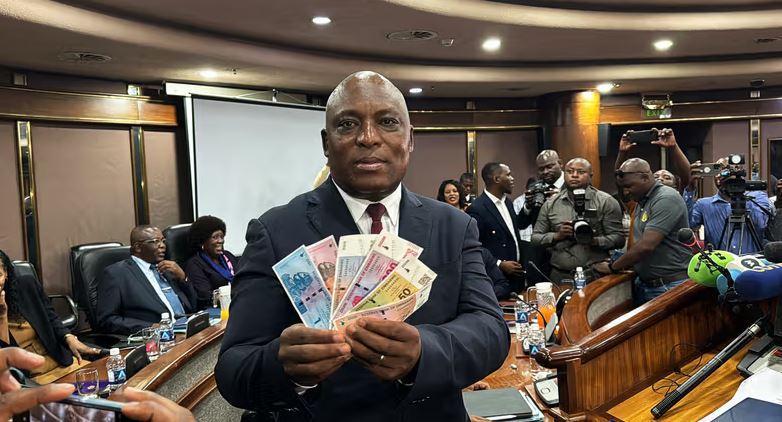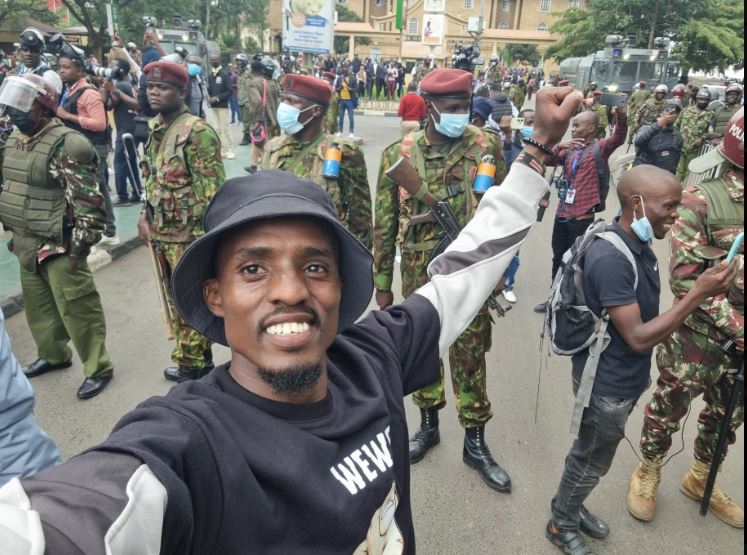On Friday (30th April 2020), the hashtag ‘#MoneyHeist’ was the number one trending topic on Twitter in Kenya. This had nothing to do with the popular Netflix series but rather an outrageous expenditure by the country’s health ministry relating to COVID-19 response.
About USD 13 million (of which USD 10 million was a donation from the World Bank), and Kenyans seemed to be angered by seeing expenditures such as snacks and mobile phone airtime being allocated tens of thousands of dollars at a time when the country is grappling with lack of COVID – 19 testing kits, inadequate personal protective equipment for health workers and families whose breadwinners are currently out of jobs due to the pandemic.
YOUR favorite politician will still tell you Ruto ndio MWIZI Kenya and you with your 1kb memory will FORGET this #MoneyHeist pic.twitter.com/5K7sLfKkaG
— Silvia Wangeci (@Silvia_Wangeci) April 30, 2020
This is real #MoneyHeist. They used 6.5m to buy printing papers and toners and still payed 9m to print forms!! They payed 4m for airtime and still payed 70m for communication!! This is Kenya for you.
— Call Me Pekiro🇰🇪👐 (@Pekiro) April 30, 2020
Questionable allocations
This though is not the first time government expenditure in the fight against the pandemic is raising questions. Last week, Treasury had presented a supplementary budget to parliament seeking approval to spend over USD 400 million. Out of this, the National Intelligence Service whose expenditures are rarely scrutinized were allocated USD 1.5 million for contact tracing. Other outrageous allocations were to the ministries of interior and defense, all of whose budgets don’t face as much public scrutiny.
Interestingly enough, as the government spends billions in this fight, none of that is being directed towards the isolation and treatment of COVID-19 patients. Those returning home from abroad were into quarantine either at a hotel or government quarantine facilities. While the hotel costs are varied, those in government facilities are required to pay USD 20 per day. The least number of days someone spends at these facilities is 14 days. Here, the government is assuming that everyone coming from abroad has money – including students and those returning home because their jobs have been affected by the pandemic.
Patients cater for own treatment
A patient we will refer to as John based on his own request worked in Dubai as a security officer. He was his family’s breadwinner. He has a wife and two children but also takes care of his younger siblings. He got back to the country in March from where he was sent into forced quarantine at a government facility. He later tested positive for COVID-19 and was transferred to a government institution for treatment. John showed no symptoms and has since he tested negative and has been discharged but cannot be released because he has a USD 800 bill to settle. Having lost his job, and being the sole breadwinner John does not know where he will raise the bill from. For every more day he stays at the facility, he continues to incur a USD 31 bill.
If Kenya was to spend USD 800 on every patient treated for COVID-19 so far, it would have cost it a paltry USD 320,000. The big question is, how is the government fighting this pandemic without actual allocations to cover patients’ treatment? Forcing patients, especially those who cannot afford to cater to their own treatment is like blaming them for being responsible for the fact that they got the virus.



